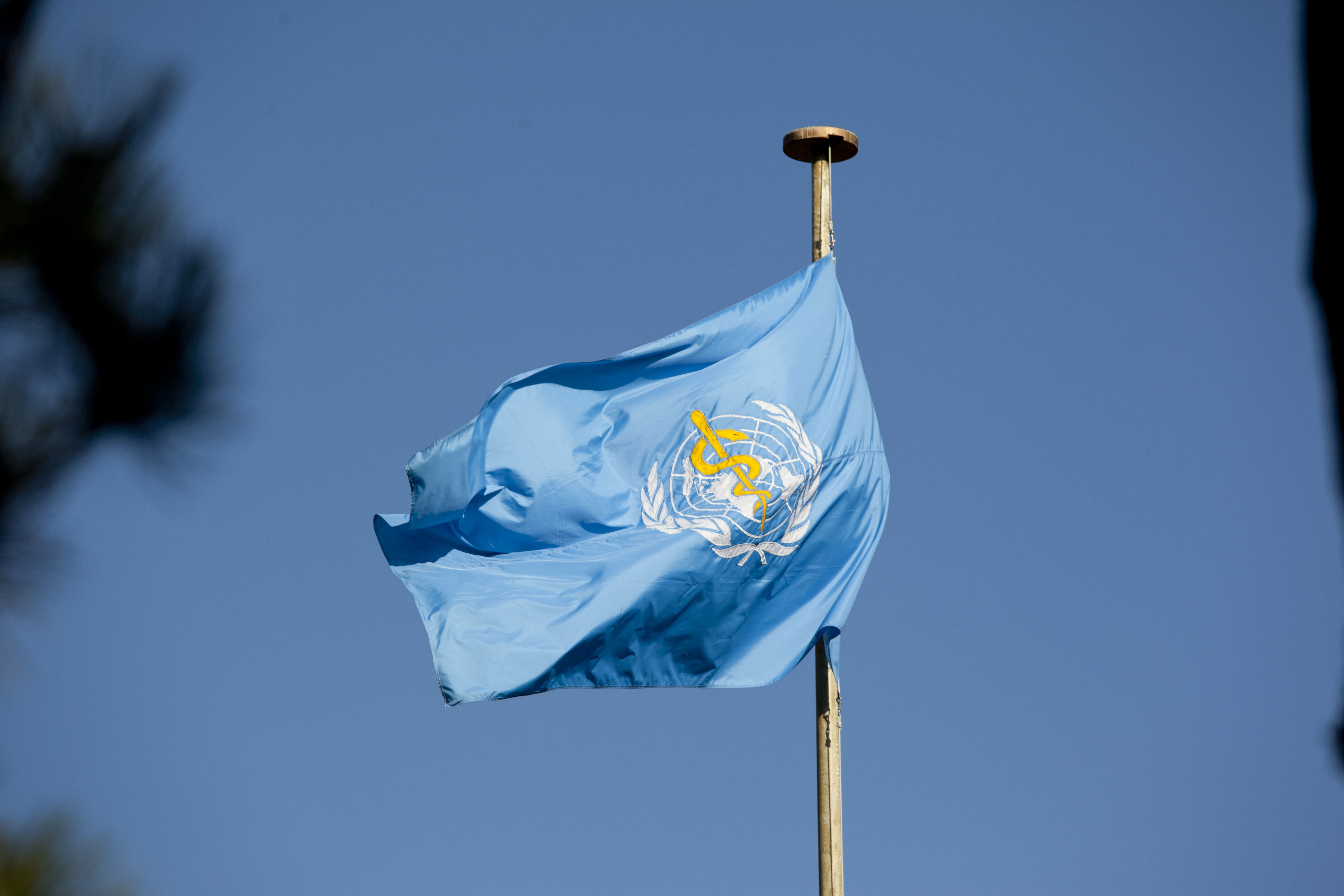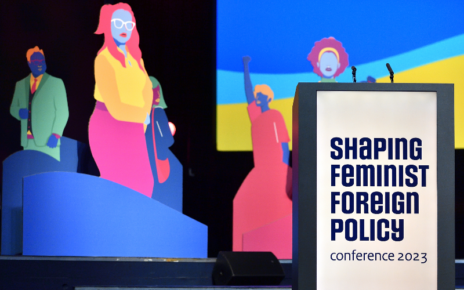In 2006, Muhammad Yunus, founder of the Grameen Bank, was awarded the Nobel Peace Prize for pioneering the concept of microcredit. Although Yunus launched the Bank in 1976 in his home country of Bangladesh, it wasn’t until the organization was awarded the Peace Prize that the idea of microfinance was recognized as a legitimate and effective approach to development, credited with lifting scores of people out of poverty.
Microfinance and microcredit are essentially synonyms for the practice of giving small loans to and providing financial services for impoverished people who otherwise would not have access to the formal financial sector. Typically, traditional banks avoid giving out small loans to clients because the interest made off them is minimal in comparison to large loans, and comparatively, poorer people do not need large loans to help them finance their businesses or make necessary purchases. People living in poverty cannot afford to pay the interest rates on high loans nor do they possess the collateral needed to secure a loan.

There are now a number of institutions that offer financial services to the poor, including small non-profit organizations, cooperatives, mobile network operators, and even national banks, but the premier example remains Yunus’ Grameen Bank. As of October, 2011, the Bank had 2,565 branches and over 22,000 employees, lending money to 8.35 million borrowers, 97 percent of whom are women. The borrowers together own 95 percent of the total equity in the Bank, with only the remaining 5 percent owned by the Bangladeshi government. Furthermore, the Bank is economically viable, with a recovery rate of over 96 percent on loans, and Grameen has been profitable for 35 of the 38 years in which it has been in business. In this regard, the Bank has revolutionized the development field by applying capitalist solutions to the issue of poverty. Not only does the borrower benefit from greater access to capital and relatively low interest rates on the money they borrow, but the practice has proven to be profitable for the lenders as well, shattering the illusion that development cannot be a mutually lucrative endeavour.
Microfinance is unique in the sense that it is economically beneficial for both sides. Whereas traditional forms of development – such as governments providing assistance through foreign aid – measure success in terms of intangible “social” returns, microfinance institutions can benefit financially from lending to the poor. However, microfinance has not been immune to criticism and remains a contentious issue, with some critics asserting that it actually does little to alleviate poverty. David Roodman, senior fellow at the Center for Global Development, writes that recent studies conducted in Manila and Hyderabad, India, have found that microloans have had little effect in reducing poverty among borrowers. Milford Bateman, a staunch critic of the microcredit movement, claims that microloans have actually made impoverished people in some states worse off financially. Bateman notes that poor individuals typically do not have a stable and secure income stream, and this volatility makes it more difficult for impoverished people to pay back their microloans in full and on time. As a result, poor people end up borrowing more money to pay off their existing debts, which inevitably burdens them with even more debt.
While the wisdom of saddling the poor with debt in order to elevate them out of poverty is still challenged, a more recent and comprehensive study conducted by the World Bank has validated the claims of microcredit supporters finding that overall, microfinance has increased household assets, personal expenditure, and child education in poor communities. As the largest study on the subject of microcredit yet – analyzing more than 3,000 houses in 87 villages and spanning over 20 years – the World Bank’s study provides the best argument so far in favour of microcredit. However the debate is far from settled and some continue to question whether microfinance is truly an effective mechanism in alleviating poverty and whether different approaches to development produce better results.

There is general agreement that the lack of access to the formal financial system severely hinders the ability of the poor to move into the middle class; whether microfinance is the solution remains up for debate, but it cannot be overlooked as a possibly viable approach to development. From a capitalist perspective, microfinance is highly appealing as it focuses on individual responsibility and integrates the poor into the economy through consumer spending and expanding labour. The results may be contested, but microfinance is undoubtedly a growing movement, as social advocates and neoliberal economists alike are attracted to the idea of helping people help themselves.




